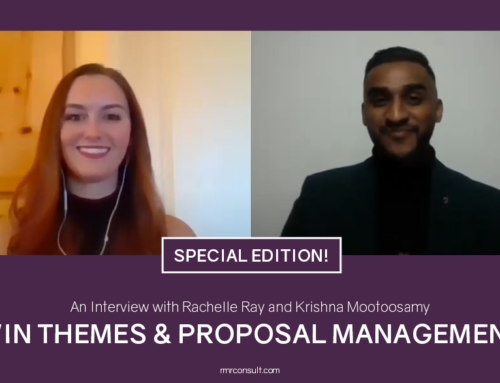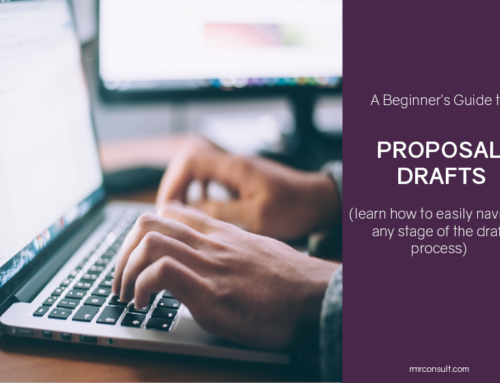Proposal Input Form: The First Step in Your Go/No-Go Decision
Let’s talk about an underrated, often overlooked, time-saving device: the proposal input form. You might refer to it as an RFP checklist if you use one (and you should).
When an RFP lands in my inbox, or on my desk, the first thing I do is skim it for important things like project scope, size, budget and schedule. If it passes my cursory inspection (i.e. if I don’t find major red flags), I pass it along to a principal or project manager and ask for their input. When I follow up, the conversation usually goes something like this:
Me: “Hi Bob. Did you have a chance to review that RFP I sent over on Monday?”
Bob: “Nope. What was it again?”
Me: “The one for the office building?”
Bob: *long pause* “I’ve been busy. What’s the scope?”
Me: proceeds to describe the scope, size, budget, schedule, and level of marketing effort required to submit on the RFP.
Conversation is a wonderful thing, but when there are multiple RFPs floating around, going to multiple sector leaders or managers, these conversations start to eat a huge chunk of my day.
Getting the “Bobs” of the world to look at RFPs is a struggle. I get it. Even I don’t love sitting down to highlight every RFP. (Don’t tell me you haven’t glazed over or skipped a few pages of copy-and-paste language in an RFP.)
Enter the time-saving proposal input form.
What is a Proposal Input Form?
A proposal input form is a one page summary of the important parts of an RFP. It’s a highlight reel that management can skim to get the gist of the project. They should get enough information from the input form to make an informed go/no-go decision, or decide whether the RFP warrants a full go/no-go discussion.
I fill it out the form, staple it to the top of an RFP, and drop it on Bob’s desk. Or I email it to him, but hard copy is harder to ignore.
What Should A Proposal Input Form Include?
My RFP checklist generally includes:
- Basic RFP Information (Project Name, RFP Number)
- Proposal Schedule (Due Date, Deadline for Questions)
- Pre-Submittal Meeting (time, location, mandatory/not mandatory)
- Client Contact
- Project Scope
- Project Budget
- Proposal Requirements (number of copies, page limit, printing specs, required forms)
You may also want to include things like whether or not you knew of the RFP in advance, where you received the RFP from, and whether you have any information about the project that is not included in the RFP. These all help the go/no-go decision, but may better serve your company on a separate go/no-go form.
Do you have a proposal input form? What does yours include?
Don’t have time to make your own proposal input form? Check out my template in the FREE Resource Library.







I love this idea, and want to implement for weekly go/no go meetings. This way I have all of the potential RFP’s summarized for the PM’s to talk about while we are all in the same place.
That’s a great idea, Catie. I usually give the summary and RFP to my PMs a few days in advance (in case they want to review before the meeting), but I have them all on hand during the weekly go/no-go as well so we’re all working off of the same information and not someone’s “gut” instinct.